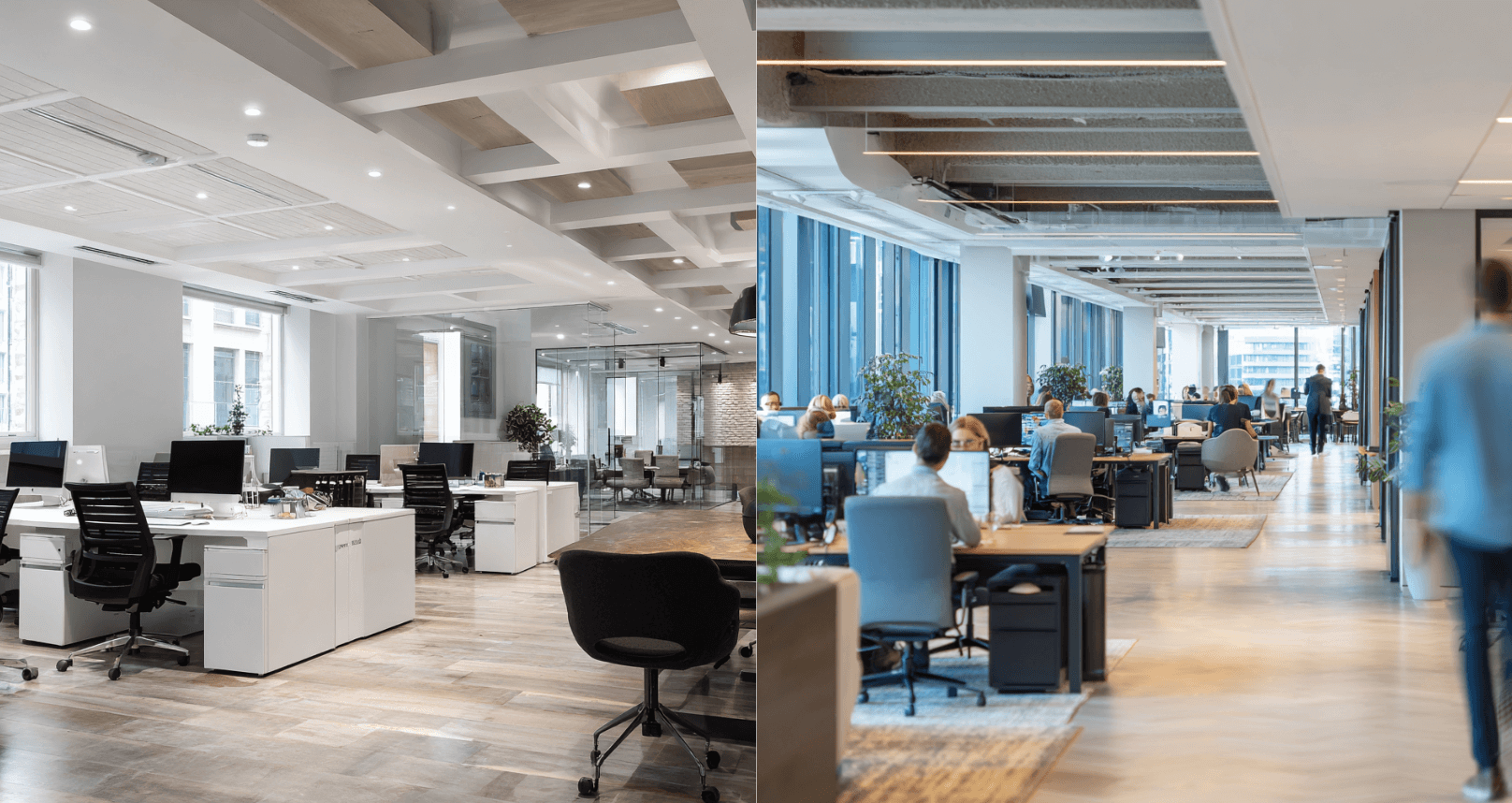Measuring what matters most about your workplace: Rob Blair, TravelPerk
What do you measure to determine how your workplace is performing? And how do you use those insights to create better spaces?

Employee personas guide office design
TravelPerk’s employee personas identify the different ways people work and use the office. “We invested in [personas] from the top down. Everyone's been involved in this process, and I think that's the only way you get a true reflection of what your business really is about and what your business needs in order to produce its best,” says Rob.
After reviewing employee input, they created seven main personas. “We broke [each persona] down into the types of spaces and environments they need to produce their work and to collaborate, or not, with their team members,” he says.
The next step in Rob’s workplace design process is to concentrate that information into a floor plan blueprint and hand it over to TravelPerk’s construction team. The end result is a functional, diverse office space that employees helped create. It’s workplace design for the people, by the people, and it leads to increased productivity and better employee experiences.
Diversity and inclusion
There has been a much-needed push for companies to be conscious of diversity and inclusion in the hiring process. Traditionally, office design has favored the able-bodied and neurotypical. As the workforce becomes more diverse, the workplace has to adapt to support it.
“I don't think there's any silver bullet to driving inclusivity in the workplace,” Rob says. “I think everyone can be doing better, let's put it that way. I think we can all do our best to drive equal representation…and we do that by listening to our people, giving everyone a seat at the table, and giving [everyone] a chance to express their views with an open mindset.”
Inclusive office design requires questioning the status quo. Do your meeting rooms provide an equitable experience for employees who can’t be in the office? Are there quiet areas where employees with ADHD or difficulty concentrating can do their work?
“It's fundamental to be able to deliver a workplace experience for everyone,” Rob says. Let employee feedback and utilization data provide the answers to these questions.
Key Takeaways

DisruptCRE founder shares how corporate real estate is changing
Companies are moving employees from underutilized offices into "space as a service” options with utilization data.
Watch now
Half of offices are empty but you still can’t find a meeting room
Employees waste up to 30 minutes a day looking for a meeting room to meet in workplaces.
Read moreMost recent

Space waste: The industry’s naughty and nice list
Our sensors spilled the beans: What industry is winning, who's wasting and who's hogging your office real estate.
.png)
Improve your occupancy sensor RFP with our best practice guide
Discover essential questions to simplify your occupancy sensor RFP process and confidently choose the right vendor.

Does RTO actually work? A webinar debate with the data
Density’s RTO data sparks debate between a pro-office CEO and a remote-friendly workplace strategist.

A workplace love story: Phone booth meets sensor
Phone booths are booming—and occupancy sensors help companies manage and measure them with ease.
Explore other Density Products
Atlas for Workplace
Insights for the workplace that help you cut costs and deliver better spaces.
Learn more